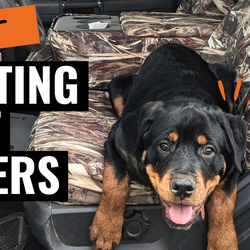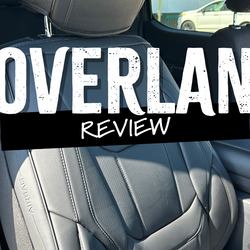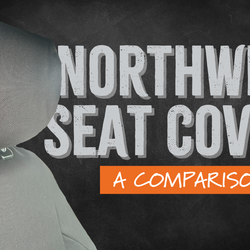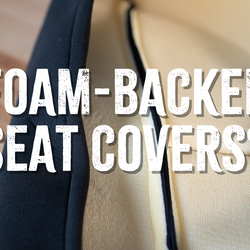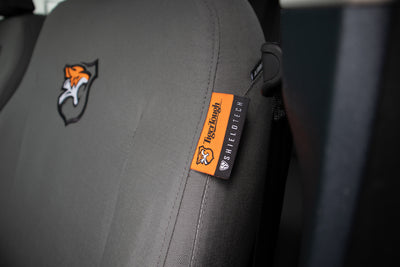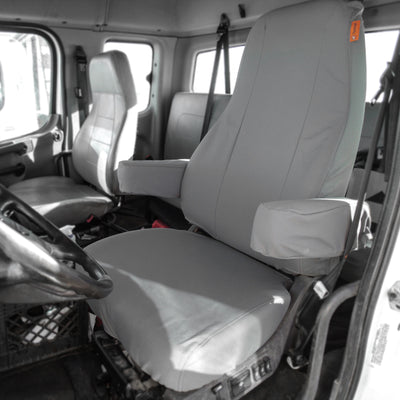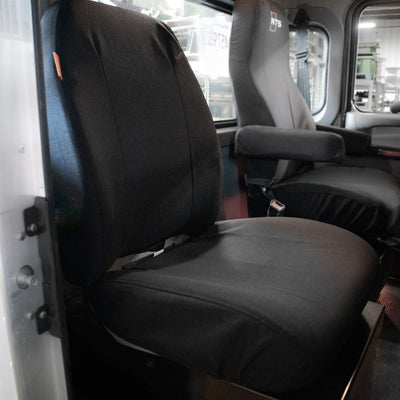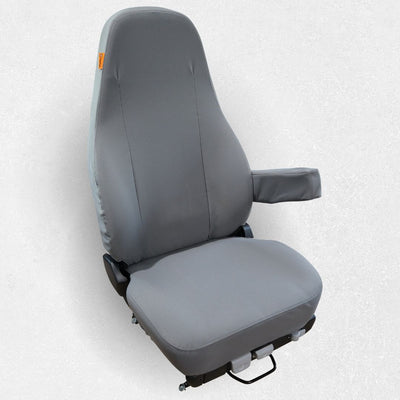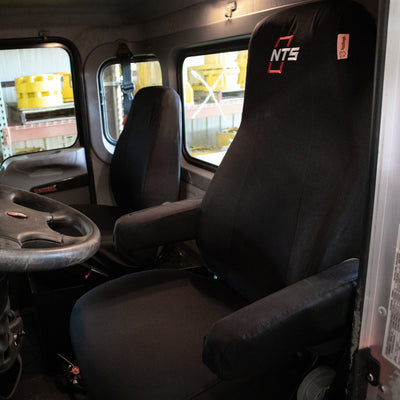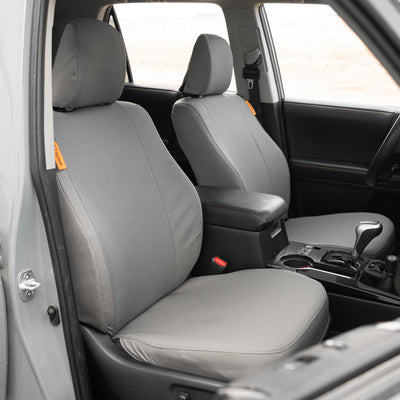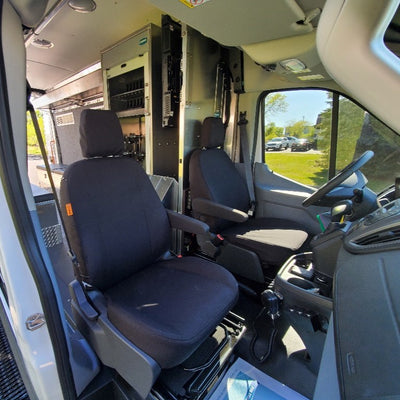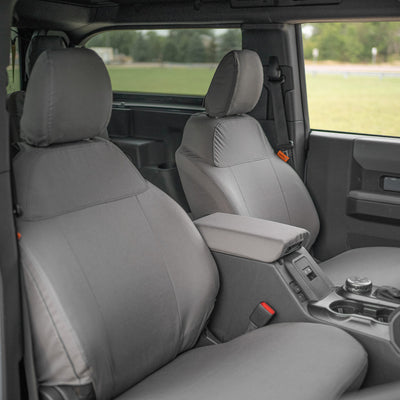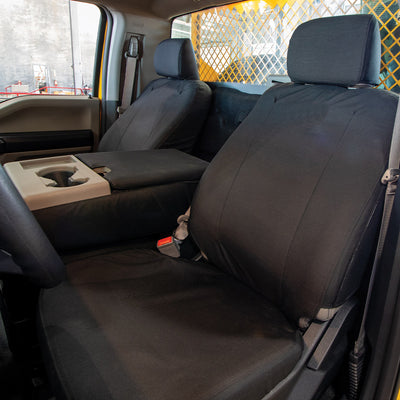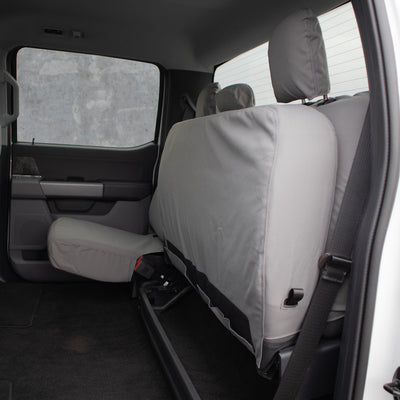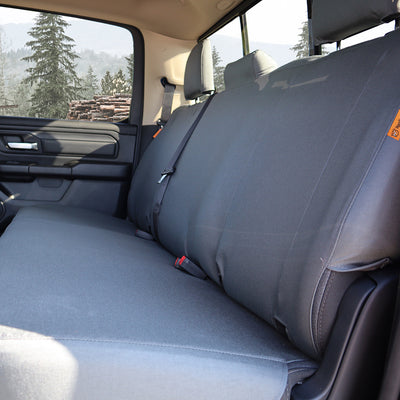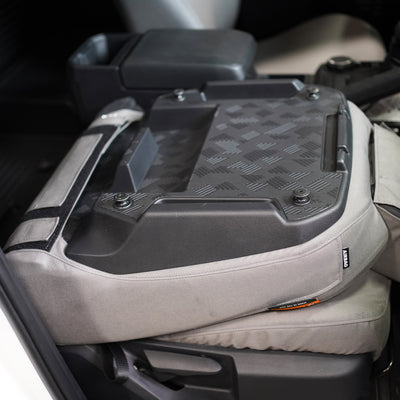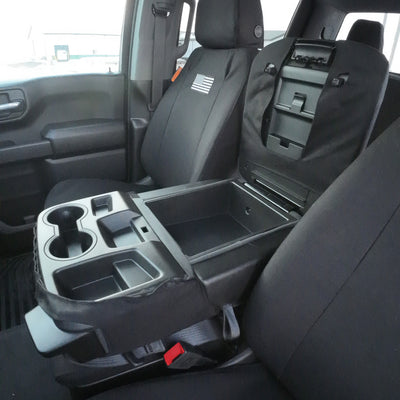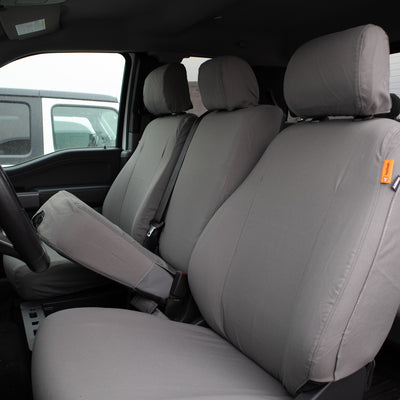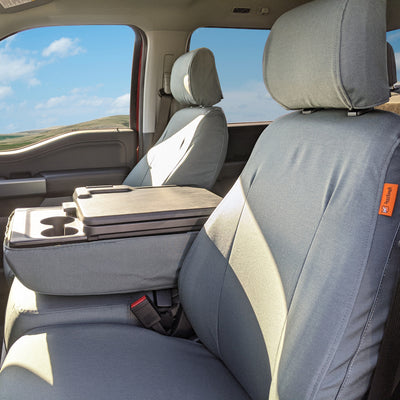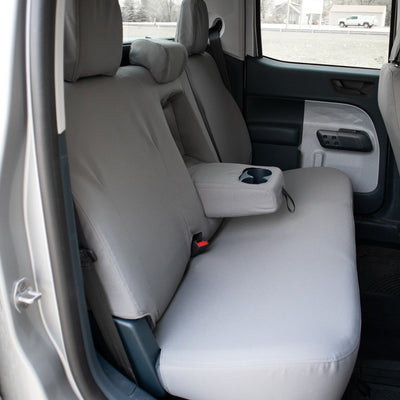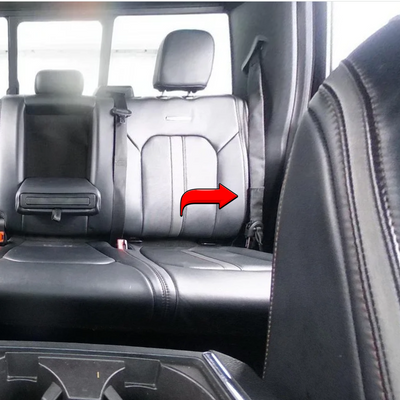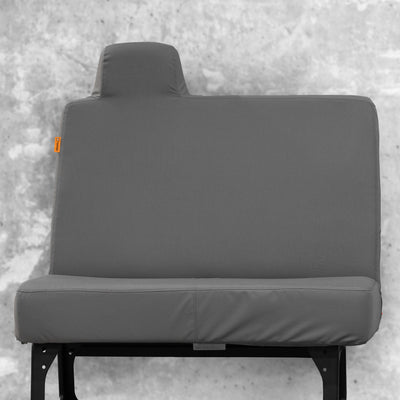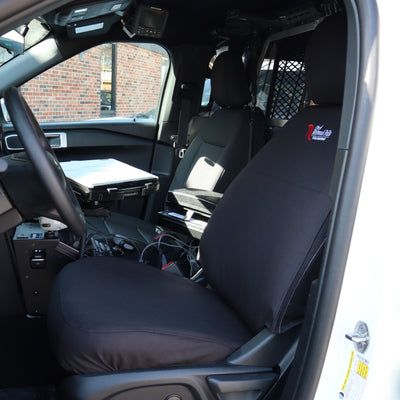5 Signs You Need Seat Covers on Your Heavy Equipment
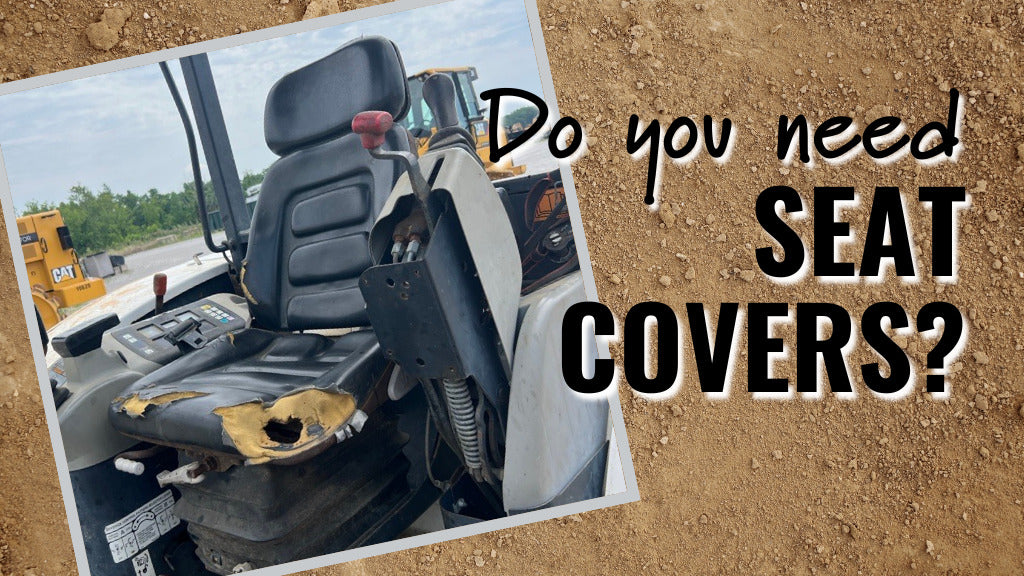
In heavy machinery, every detail matters. It's not just about the massive moving parts or the roaring engines; it's about those intricate touchpoints that enhance the operator's experience and boost the machine's lifespan.
Surprisingly, one of the most overlooked yet critical components is the seat. Think it doesn’t make much of a difference? Think again. Dive into these five tell-tale signs that might convince you to invest in seat covers for your heavy equipment—because sometimes, minor changes make the biggest impact.
1. Machines Have Lower Resale Value
When it’s time to part with that yellow iron, you want top dollar. We all do. So start with keeping that seat in tip-top shape. It's more than just a seat; it's your machine's first impression and can be super helpful for increasing your resale value.
Visible Wear and Tear
Seats in heavy machinery aren’t just cushions but value indicators. When potential buyers see scuffed, torn, or worn-out seats, it instantly dings the perceived value of your equipment. It's as if those seat scars are tally marks, counting down the dollars from your machine's potential resale price. A roughed-up seat might imply otherwise, even if the machinery's guts work perfectly.
First Impressions Matter
Let’s keep it real, when folks first look at a piece of equipment. They're not digging into the engine first; they're checking out what's in plain sight.
And where's the first place an operator is going to plant themselves? That's right, the seat. A well-maintained seat broadcasts care and diligence, suggesting that the rest of the machine has been treated equally. On the flip side, if that seat's seen better days, potential buyers might also assume the rest of the machine has.
Competing Equipment Looks Better
The heavy machinery market is like a bustling equipment beauty pageant, and let's just say machines with ragged interiors aren't winning any crowns. While your machinery might have the strength and power, it'll get left in the dust if it's not turning heads due to a worn-out interior, especially those seats. As buyers browse their options, they're naturally drawn to equipment that looks and feels good inside and out.
2. Operator Morale is Low
It's like lacing up worn-out work boots with holes in the soles for a double shift. You can still get the job done, but every step reminds you of the discomfort, and you can't help but wish for better. Like those boots, a busted excavator seat might not stop the work, but it sure makes the day feel much longer.
Morale isn't just about pep talks and pats on the back (although those are great). Sometimes, it's as simple as offering a clean, comfortable place to sit. Show your operators you value their hard work by valuing where they spend their working hours.
Comfort Takes a Back Seat
Think about it — operators clock in hours, sometimes in grueling conditions, managing heavy machinery. Their seat is their throne, their cockpit, their control center. An uncovered, worn seat isn’t just uncomfortable; it's a daily grind on the backside and spirit. A lumpy, torn seat can make long shifts feel even longer.
Pride in Equipment
The machine an operator uses is a reflection of them on the job site. No one wants to be the one navigating what looks like the "junker" of the fleet. Operators want to feel they're handling top-notch equipment, even if the machinery isn't new. When the machinery appears uncared for, especially right where they sit, it chips away at the pride they take in their work.
3. Increased Machine Maintenance Costs
Regular Seat Repairs
It's like a broken record. The constant need to fix or replace uncovered seats becomes an ongoing chore. Each tear, split, or worn-out patch calls for attention, which means both downtime for the equipment and more money out of your pocket. The repetitive cycle not only takes a toll on your wallet but can be frustrating as heck for both you and the operators who have to wait around for repairs.
Imagine constantly slapping duct tape on a leaky pipe instead of just fixing it properly. That's what continual patch-up jobs feel like for machine seats. Sure, you're fixing the immediate problem, but it's a band-aid approach. Over time, those little fixes here and there stack up in costs. I
Investing in a solid solution—like a reliable seat cover—means breaking the cycle of "fix now, pay again later." Don't just put a lid on the issue; seal it shut for good.
Seat Replacement Costs
Replacing an excavator seat can cost anywhere from $550 to over $1000. That’s assuming you can install it in-house. Otherwise, it’s going to cost you more. Not to mention the downtime that the machine will experience.
Here are seat costs we’ve heard about from recent customers:
| Cost | Seat Type | Comments |
|---|---|---|
| $625 | Single Crane Seat | They own 120 cranes and reupholster about ten seats every year. |
| $800 | Air Ride | They're charged $800 for ripped seats with their lease. |
| $800 | Deere Loader | This cost was just for the back and bottom cushions. |
| $1,000 | Heavy | Replaced only the seat. |
| $5,000 | Excavator | Last seat he replaced was $5000. |
4. Machines are Declining Quicker
When an operator settles into a heavy machine with a worn-out seat, it subtly communicates that the machinery isn't valued. Just as a cluttered car suggests carelessness, a tattered seat can lead operators to assume the management isn't invested in the machine's upkeep.
Perception and Care
If the visible, intimate space like the seat appears neglected, it can influence operators to adopt a cavalier attitude toward the entire machine. Just like a clean desk can inspire productivity, a pristine seat can signify the machine's overall importance, fostering more careful use.
Setting Standards
A maintained seat isn't merely about comfort but stands as a representation of the machinery's value. When treated as a prized asset, operators are more inclined to handle equipment respectfully, reinforcing that the machinery is an asset worth preserving.
The Broken Window Theory
Much like the idea that visible signs of disorder and neglect can lead to more harm, a disregarded seat can suggest that other parts of the machine might be equally neglected. When the operator's direct interaction with the machine (ahem, the seat) shows wear, it might promote a lax approach to broader machine care, accelerating overall deterioration.
5. Your Brand Image Kind of Sucks
Your brand is more than a logo or catchy slogan; it's the total experience you provide, right down to the nitty-gritty details of your machinery. Just as a polished storefront draws more customers, pristine equipment conveys professionalism, signaling to clients and competitors that you're all about quality, inside and out.
Heck, forget about clients and competitors for a second and consider what your seats say about your brand to your employees.
The state of your machinery, obvious elements like seats, sends a clear message about your company's values. Neglected seats can suggest a broader disregard for quality and detail in your operations.
Seats are indeed just one piece of the branding picture, but it’s a trickle effect. If you take care of your seats, your operators will handle the machine. The machines will look and run better, and so on.
So…Do You Need Seat Covers?
Your heavy equipment is more than just metal and gears; it's the lifeblood of your operations, a symbol of your brand, and a direct reflection of your commitment to quality. When the seats are frayed, stained, or downright busted, it doesn't just affect the machine — it ripples out, impacting resale values, operator morale, maintenance costs, equipment lifespan, and your brand's reputation.
Recent Posts

TigerTough vs. Grease: How to get grease out of a seat cover

Best Hunting Seat Covers for Your Truck
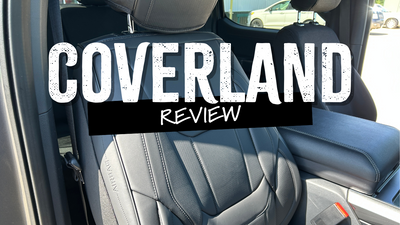
Comparing Coverland and TigerTough Seat Covers

